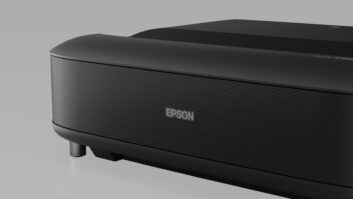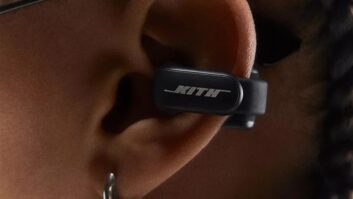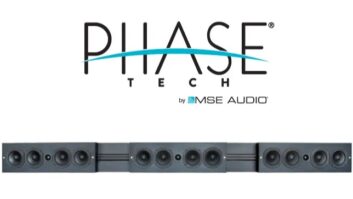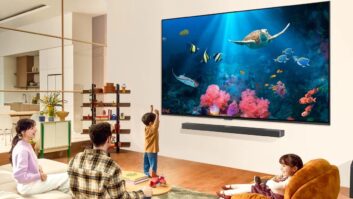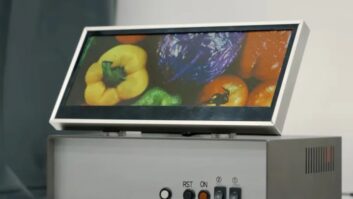LAS VEGAS — Hitachi will use International CES to unveil what it is calling some of the world’s thinnest plasma displays, in addition to its recently announced Ultra Thin 1.5-inch thick LCD TV line.
The Ultra Thin plasma panels, which will see their world premiere at CES, are expected to be available at the end of 2009 in the 50- and 60-inch screen sizes and will measure “under 1.5-inches in depth,” said Bill Whalen, Hitachi senior product marketing manager.
Although 60 inches is the largest panel planned at this time, Whalen said the technology could eventually support larger screen sizes.
The finished sets are also expected to be more energy efficient than today’s models, he said, adding that work to make the lumens per watt go up should have a dramatic reduction in power consumption and comparative set weight.
Whalen said the technology uses new electrodes, phosphor design and gas mixture.
“Soup to nuts, this will be a different product from what is available now,” Whalen said. “The driving, sustain and discharge processes are all new.”
“I think it’s fair to assume we will be offering this at a premium position, similar to the way we are distributing our Ultra Thin LCD TVs this year, said Whalen.
The new panels will be made at the FHP factory in Kyushu, Japan.
Meanwhile, Daniel Lee, Hitachi Home Electronics America marketing VP, said the company will launch its new Ultra Thin LCD TVs under a marketing campaign dubbed “1.5,” representing the thickness measurement of the sets.
Hitachi will launch a lot of its activities at International CES, including viral market efforts, and communication directed at retailers.
“We are going to work closely with our dealers to make sure we can promote this product to end users — their customers. We are going up market with this product and brand and we will make sure all of our marketing activities play into that,” Lee said.
When the Ultra Thin LCD TV line was first announced last fall, Hitachi said it expected to be among the first manufacturers to offer ultra-thin flat-panel displays this year.
The company is currently slating deliveries for the end of March on its 32-inch model, April on its 37-inch model and May for its 42-inch model.
“We are going to keep the Hitachi name as the base brand and work with our Director’s Series and Ultravision sub-brands to position the products,” Lee said.
Pricing was undecided at press time.
All models will be offered as monitor-only displays, lacking onboard tuning.
While the company plans to continue using plasma to address larger screen sizes, the Ultra-Thin LCD models are being introduced to address discerning consumers looking for high-quality options under 50-inches. The LCD TVs are said to have a design style targeted at “a highly affluent and refined segment of consumers who seek luxury, style and prestige.”
The 37- and 42-inch models will offer 1,920 by 1080p pixel resolution, while resolution on the 32-inch model will be 1,366 by 768.
The Ultra Thin line will use a new External Electrode Fluorescent Lamp back-lighting technology, which enabled Hitachi to achieve the thin dimensions.
The lighting system is also said to deliver greater power efficiency, “better and more flexible color accuracy” and a longer overall lifespan.
Other technologies in the Ultra-Thin LCDs include Hitachi’s “anti-judder” system in the 37- and 42-inch models, to accurately and automatically eliminate jerky “judder” motion artifacts from 24 fps film-based material by creating interpolated frames based on the original film images. This smoothes out the movement and correctly matches the motion of the original movie.
Also included is Hitachi’s Picture Master Full HD enhanced high-resolution image processing engine that analyzes and processes images at a high speed. Images are then improved using a variety of techniques including: Advanced Dynamic Contrast, which analyzes and adjusts contrast on a frame by frame basis, and an Advanced Dynamic Enhancer for detail.
An additional circuit enhances color crispness and details to accurately render difficult segments such as human skin or the 3-D expression of mountain ridges.
The company will also show an A/V center designed to connect to the new monitors to add ATSC/clear-QAM tuners, three additional HDMI inputs, two additional component video inputs and composite and S-video inputs. The box, which is slated for midyear delivery and panels, will support both Deep Color and xvYCC expanded color gamut material via HDMI inputs.







